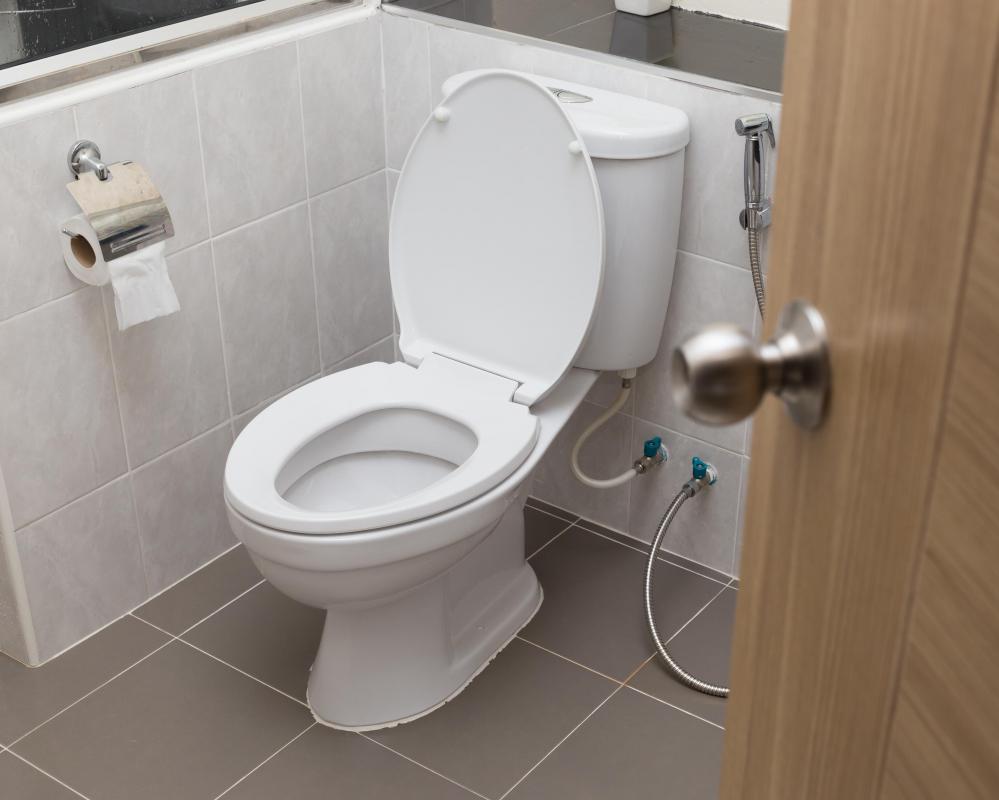At WiseGEEK, we're committed to delivering accurate, trustworthy information. Our expert-authored content is rigorously fact-checked and sourced from credible authorities. Discover how we uphold the highest standards in providing you with reliable knowledge.
What Is a Septic Garbage Disposal?
A septic garbage disposal is a waste elimination system for use in homes that are connected to a septic system. This type of plumbing is typically found in houses that are located beyond the boundaries of a city sewer system. Waste, when treated by this piece of equipment, is ground down to a fine liquid or powder before being sent to the septic tank. This allows for a greater breakdown by the microbes present in the tank and greatly reduces the amount of sludge present.
A home that is connected to a septic tank drains all waste-water to an underground collection tank. This type of drainage includes the water from bathtubs, showers, toilets, washing machines, and sinks, and is sometimes referred to as grey water. The tank maintains constant levels of grey water, sludge, and scum which uses microbial activity to break down the incoming refuse from the home. Water is then filtered slowly out of the tank and into an absorption field by means of buried piping where it eventually returns to groundwater.

The purpose of the septic garbage disposal system is to adequately break apart kitchen scraps before they enter the underground tank. The amount of grey water any tank can hold is gradually decreased by sludge and scum, both of which should be pumped out manually by a professional on a regular basis. Sludge is the accumulation of solid materials flowing into the tank that settles to the bottom, and scum is the lighter non-digestible materials that float on top, such as oil and grease. If particles are too large when they enter the septic system, they can sink to the bottom quickly and do not have the opportunity to be digested by the microbes floating in the grey water.

Waste, once processed through a septic garbage disposal, is typically the consistency of thick liquid. This intense grinding action eliminates the possibility of solid matter entering the septic tank and adding to the accumulated sludge, which is a common occurrence when using a standard disposal unit. An overabundance of sludge in the tank area can eventually drain to the absorption field, where it clogs piping and floods the ground.
A septic garbage disposal typically has a larger motor than a standard disposal that allows it to grind larger waste products, such as chicken bones and potato skins. Some models also inject a small amount of bacteria into the collection tank located beneath the kitchen sink that works to break food down before it is flushed through the household piping. These models are installed identical to a standard disposal unit by attaching them to the underside of the sink drain through use of a plumbing clamp.
AS FEATURED ON:
AS FEATURED ON:












Discuss this Article
Post your comments